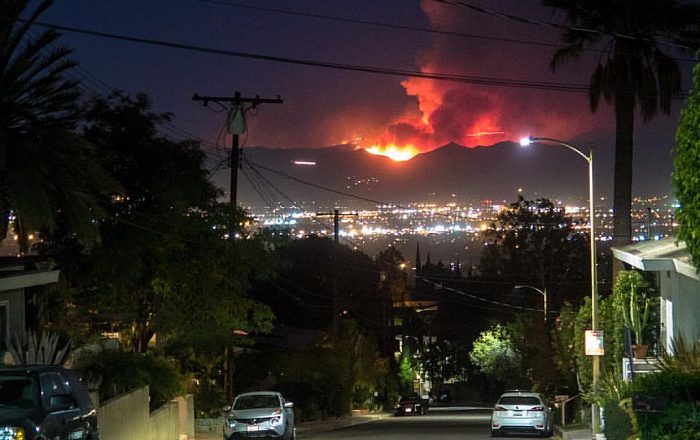Extremely Dry Vegetation, Fueling Fires In Southern California
Southern California is extremely dry, and that’s fueling fires − maps show just how dry.
Dry conditions across Southern California set the stage for a series of deadly wind-driven wildfires that burned thousands of homes and other structures in the Los Angeles area in early January 2025.
Ming Pan, a hydrologist at the University of California-San Diego’s Center for Western Weather and Water Extremes, tracks the state’s water supplies. He put Southern California’s dryness into perspective using charts and maps.
How dry is Southern California right now?
In early January, the soil moisture in much of Southern California was in the bottom 2% of historical records for that day in the region. That’s extremely low.
On Jan. 8, 2025, the soil moisture content, as measured down to about...









